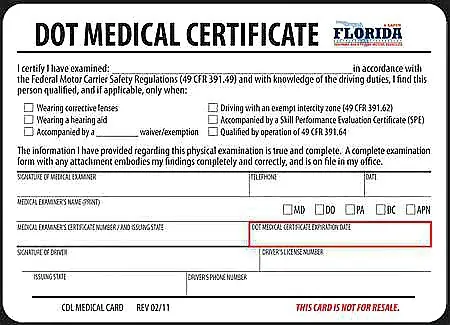You are unemployed and eager to start a career in commercial driving? You are worried about the huge cost of CDL training? You are not alone. Fortunately, several federal and state programs offer free CDL training for unemployed job seekers to upgrade their careers without financial burden.
In this post, we will walk you through significant national and state programs and the application processes that are available. With these grants, you can access funding that covers or at least offsets the cost of CDL programs. Keep reading to take the first step toward a stable and rewarding career in commercial driving.
What is free CDL training for the unemployed?
Free CDL training for the unemployed refers to government-funded programs that either cover or subsidize the cost of training to obtain a CDL. These programs, both at federal and state levels, are designed to equip the unemployed or those facing other financial hardship with the skills to obtain a stable career in commercial truck driving.
There are two main types of training programs for the unemployed to get a CDL, specifically:
- Federal unemployed grants.
- State programs for the unemployed.
These programs will pay for tuition, materials, fees, and even living expenses, assisting you to complete CDL training without financial burden.
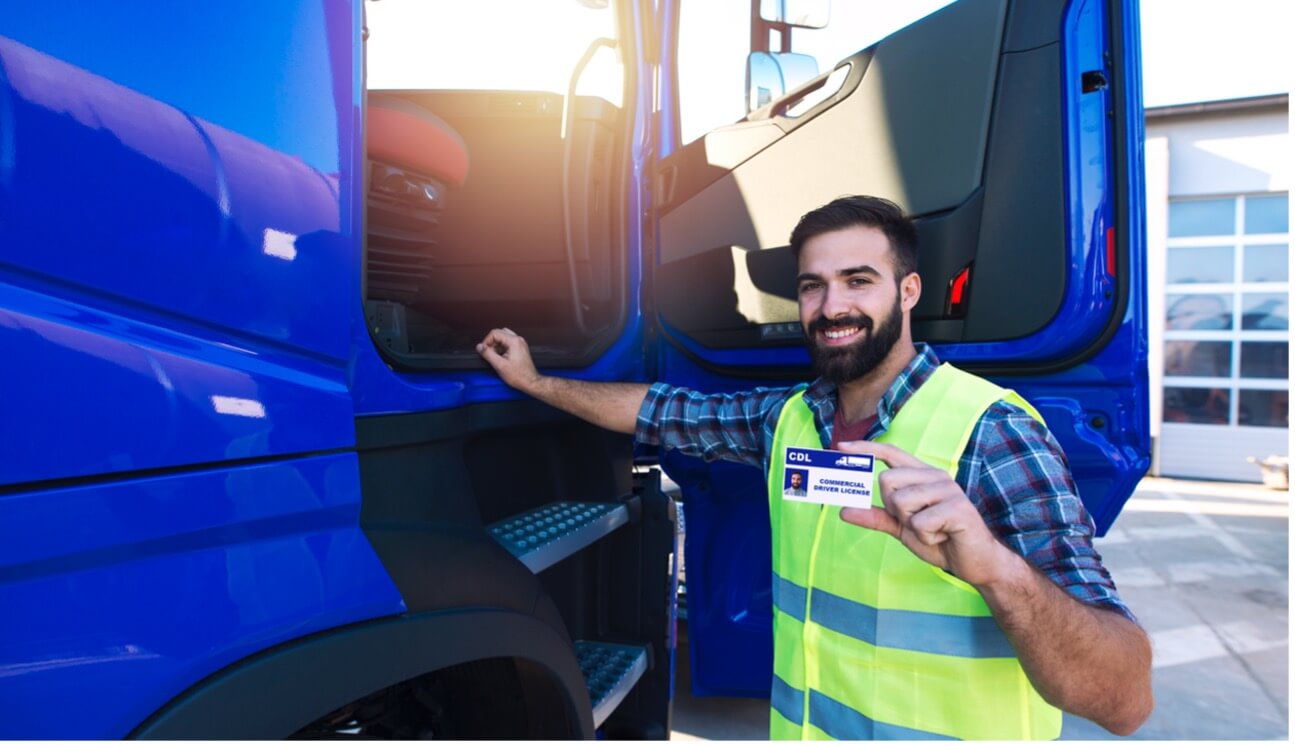
The Federal unemployment grants for CDL training programs
Federal unemployment grants for CDL training come with multiple varieties under different programs that support workers in gaining job skills in high-demand industries. Here are some significant federal grants:
1. WIOA Grants for CDL Training

The Workforce Innovation and Opportunity Act (WIOA) is a federal grant program that covers the cost of occupational skills training, including CDL training for the unemployed. Local career centers are responsible for distributing these grants which can completely pay for CDL training costs in accredited schools.
WIOA program consists of different grants tailored for different objectives, including:
WIOA Youth program
Overview: The program is designed for out-of-school young individuals aged 14-24 who face educational or employment barriers. This grant covers tuition, books, and supplies for CDL training.
Requirements: To be eligible for the WIOA youth program, you must:
- Be between 14-24 years old
- Have employer or educational barriers, such as low income, housing instability, or educational gaps.
WIOA Adults program
Overview: This program assists individuals aged 18 and above who are unemployed or underemployed. With this grant, you can access career services including skills assessments, resume assistance job leads, and funding for training in high-demand careers like truck driving.
Requirements:
- Must be at least 18 years old.
- Be unemployed and underemployed.
- Meet income requirements: Your household income must be below a threshold, generally determined by federal poverty guidelines or area median income. This ensures that funding is provided for those with the greatest financial need.
WIOA Dislocated Worker program
Overview: The target for this grant is individuals who lost their jobs due to layoffs, business closures, or similar circumstances. Offered assistance includes tuition, study materials, supplies, tools, or fees related to completing a CDL training program. Some locations also cover living expenses, transportation, and childcare.
Requirements:
- Be laid off due to circumstances beyond their control, such as company downsizing or closing.
- Unemployed, layoff threatened, or possess outdated skills can be eligible.
WIOA Disaster Relief and Emergency Relief (DRER)
Overview: This grant aims to assist workers who have been dislocated because of disasters such as hurricanes, flooding, or other public health emergencies. With this grant, those affected by disasters are provided financial assistance toward CDL training.
Requirements:
- Unemployed due to qualifying disaster or emergency.
WIOA Indian and Native American
Overview: This grant from WIOA provides training for Native Americans and Alaska Natives who are currently unemployed and underemployed. The grants will pay for CDL training along with other occupational skills.
Requirements:
- Be currently unemployed.
- Have verification of Native American or Alaska Native ancestry.
How to apply for WIOA grants
- Contact your local WIOA Career Center or American Job Center: Find your nearest center and schedule a consultation.
- Speak with a representative: A representative from the Career Center will review your eligibility, concerning your employment status, income level, and career objectives.
- Fill out the required forms and documentation: Provide any required documentation to identify your eligibility and align with the suitable grant.
- Explore other resources: The representative will also expose you to other grants or resources that could further help you in training and job searching.
2. Trade Adjustment Assistance (TAA)
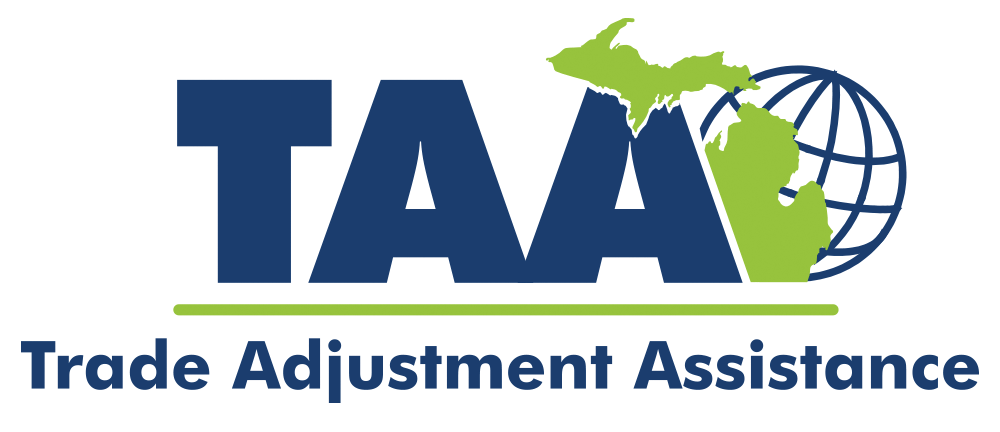
Overview: The Trade Adjustment Assistance (TAA) is a program designed to assist employees affected by foreign trade, such as outsourcing or industry relocation. This program allows workers to gain needed skills for new career paths, including CDL training, which can lead to a wide avenue of stable employment in the trucking industry.
Requirements:
- Verify job loss due to trade impact: Documentation can include proof that their employer relocated operations outside of the U.S. or their position was eliminated due to increased imports or outsourcing.
- Have certification by the U.S. Department of Labor (DOL).
How to apply for a TAA grant:
- Contact a TAA representative at your Local Job Center: Speak with a representative within the TAA who can walk you through the process and answer your questions about eligibility and further process.
- Submit the TAA application and determination: Complete forms related to your work history, job loss, and the trade impact on your former position.
- Work with case management: You will be assigned a case manager who will evaluate your skills and develop an individual plan for CDL training and another eligible career.
3. Vocational Rehab
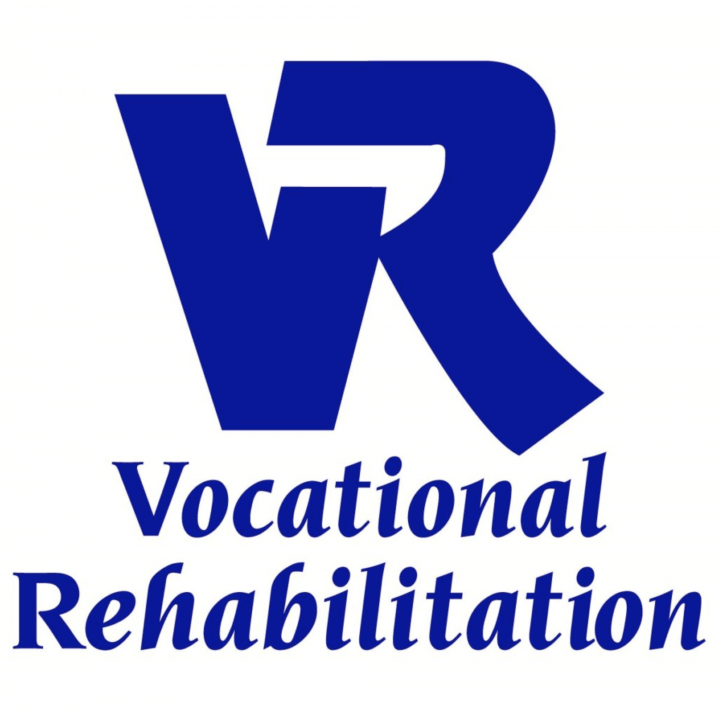
Overview: Vocational Rehabilitation programs assist injured or disabled individuals who desire to become commercial drivers, to re-enter the workforce by building new skills. Funding can include tuition, supplies, and other required expenses related to CDL training.
Requirements:
- Be in disability or injury status: You should provide proof of physical and mental disabilities or injury recovery. Normally, you need to demonstrate how your condition affects your employability.
- Need career transition: You have to transition into another occupation due to injury or disability. The CDL program should align with the counselor’s recommendation and your career goals.
How to apply for Vocational Rehab:
- Contact your local vocational rehabilitation office: You can get all updated and accurate information about requirements and eligibility from here.
- Speak with an assigned counselor: You will work with a vocational counselor who will assist in evaluating your career goals and eligibility.
- Develop a training plan: You will develop an individualized training plan with your counselor that includes CDL training as part of your employment plan.
4. Pell Grant

Overview: The Pell Grant is a federal grant that supplies assistance to low-income students attending vocational and career-oriented programs, such as the CDL training. Unlike loans, this grant does not require repayment, making it an available option for those qualified to cover their training.
Requirements:
- Be in low-income status according to a certain income level required by the Pell Grant.
- Have valid U.S. citizenship or eligible non-citizens to qualify.
How to apply for the Pell Grant
- Fill out the FAFSA form: Complete the Free Application For Federal Student Aid (FAFSA) which is used to determine your financial aid eligibility and further calculate the possible award.
- Provide required documentation: You can be asked to provide other supportive documents such as tax returns or proof of residency.
- Discuss Pell Grant eligibility with your school: Once submitting your FASDA, check with the financial aid office of your selected CDL training school to confirm eligibility and apply the grant toward the program expenses.
5. SNAP Employment and Training (E&T)
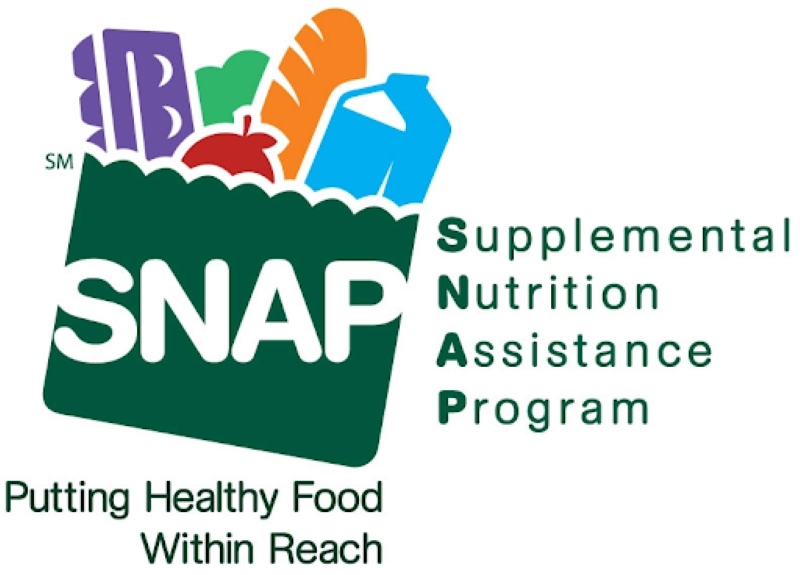
Overview: The SNAP E&T program assists recipients of SNAP benefits in preparing for employment and self-sufficiency. Funded by the USDA, the program provides financial assistance for vocational programs, for example, CDL training, to develop vocational skills for stable employment opportunities.
Requirements:
- Be an active recipient of the SNAP food assistance program.
- Be in low-income status.
- Have career goals align with SNAP E&T objectives, such as job placement in a high-demand career like commercial trucking.
How to apply for SNAP E&T program:
- Contact your local SNAP E&T provider: Reach out to your local agency or state office providing the SNAP E&T. They will guide you through the application process and any requirements.
- Work with a case manager: The case manager will go over your job goals and determine if CDL training fits into your overall plan for economic independence.
- Complete necessary enrollment processes: If selected, you will be referred to CDL training school with funding applied toward tuition, fees, and supplies.
The state programs for free CDL training for the unemployed
Most states offer sponsorships for CDL training to unemployed residents through particular workforce development programs. Here are some outstanding examples:
1. SANDI Program by Nevada

Overview: The Supporting and Advancing Nevada’s Dislocated Individuals (SANDI) program helps Nevada residents pay for CDL training. This grant aims to train individuals with essential skills for in-demand jobs like the trucking industry. Tuition fees, along with other critical needs associated with CDL training will be covered by the program funding. The funds help participants overcome economic barriers to enter the workforce, ensuring their stable lives.
Requirements:
- Be a Nevada resident.
- Be unemployed, underemployed, or experiencing a severe financial burden.
- Have verification of job loss or need for financial assistance.
How to apply for the SANDI program:
- Visit a local Nevada Job Connect office.
- Make an appointment for eligibility determination.
- Complete the application for SANDI with assistance from Job Connect staff.
- Start your CDL training after your approval.
2. Fast Forward Program by Virginia
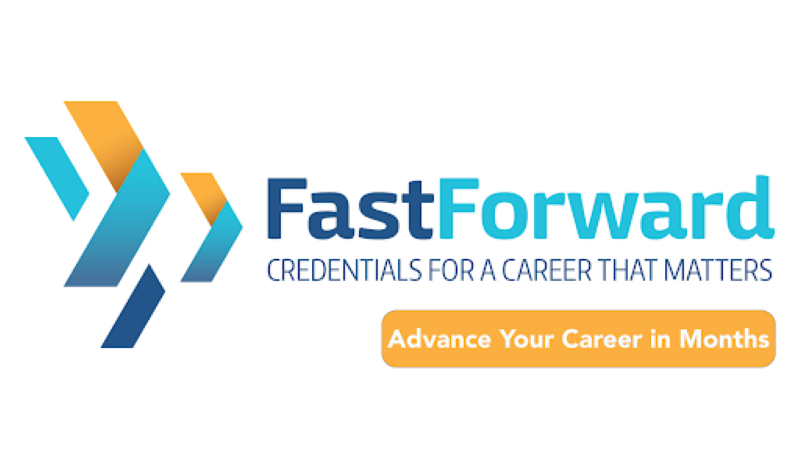
Overview: The Virginia Fast Forward is a workforce credential grant program covering the cost of CDL training for Virginia residents who want to pursue a commercial driving career. The program aims to help unemployed Virginians to develop skills and join the labor market without financial stress. It covers two-thirds of the tuition fees toward CDL training for participants who successfully complete the program, ensuring that financial constraints will not affect their career advancement.
Requirements:
- Be a Virginia resident authorized to work in the U.S.
- Agree to complete the program or repay the tuition fee.
How to apply for Virginia Fast Forward:
- Check out the Fast Forward program available near you through Virrginia’s Workforce Center.
- Complete an interest form for eligibility screening.
- Complete your enrollment and sign a completion agreement.
- Start your training with the costs covered.
3. WIA CDL Training Program by Texas Workforce Commission (TWC)
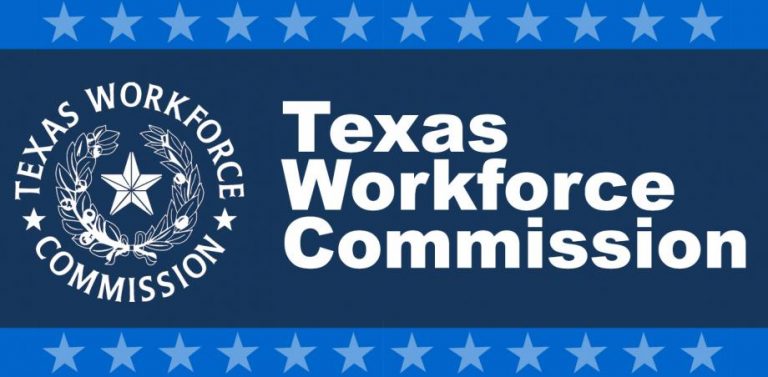
Overview: Texas has the WIA CDL training program, through the Texas Workforce Commission (TWC), funding for qualified Texas residents seeking to obtain a CDL. This program aims to assist unemployed or low-income residents to enter the workforce by covering their costs for CDL training. Moreover, the program also provides job placement services, ensuring participants secure job opportunities upon completing training.
Requirements:
- Must be a Texas resident.
- Must meet special employment status or income requirements.
How to apply for Texas WIA CDL training program:
- Contact your local Workforce Solutions Office.
- Schedule an appointment for eligibility determination.
- Complete the application with a case manager.
- Start CDL training.
4. Kentucky Farmworkers Program
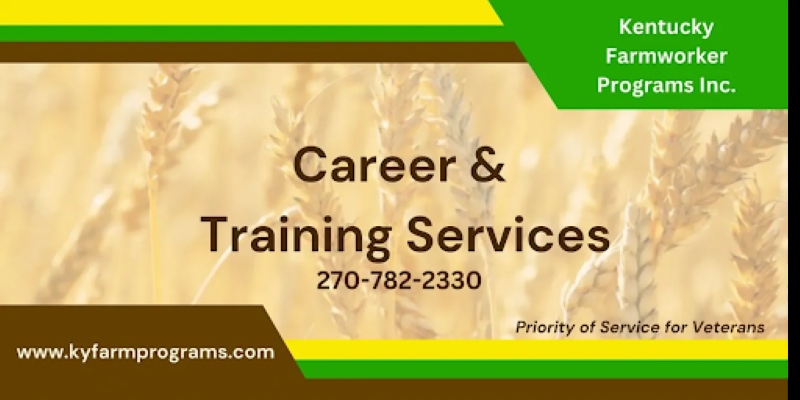
Overview: The Kentucky Farmworkers program provides grants for CDL training to farmworkers and their family members in Kentucky. This program covers all CDL training costs for eligible farmworkers, including tuition and all necessary costs for accessing stable jobs in commercial driving.
Requirements:
- Must have been a resident of Kentucky.
- Have a verifiable farming income over the past two years or a family member with recent farming income.
- Be legally authorized to work in the U.S.
- Have worked in an agriculture job recognized by the U.S. Department of Labor within the past 24 months.
How to apply for the Kentucky Farmworkers program
- Contact the office of the Kentucky Farmworkers program.
- Provide documentation of past agriculture work experience.
- Provide proof of U.S. citizen or valid work status.
- Complete the application with assistance from the program office.
5. Alaska’s State Training and Employment Program (STEP)
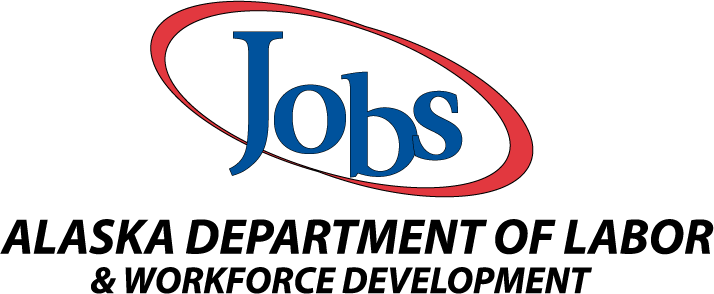
Overview: The Alaska STEP, governed by the Alaska Department of Labor and Workforce Development, provides free CDL training to its residents. This program aims to reduce unemployment by enhancing job skills in high-demand industries like commercial trucking. STEP will pay for costs associated with CDL training, including tuition and all other related items. Moreover, this program also supports participants in securing job placement after graduation.
Requirements:
- Be Alaska residents.
- Demonstrate unemployed or underemployed.
- Show interest in acquiring high-demand job skills training.
- Must meet all additional criteria per AWIB.
- Attend an Alaska Workforce Investment Board.
How to apply for Alaska STEP:
- Visit the local Alasja Job Center for an initial consultation.
- Confirm eligibility through an interview.
- Fill out the STEP application with the guidance of an assigned case manager.
- Provide required documentation on employment status and residency.
- Start CDL training after acceptance and access job placement support after training.
FAQs
1. Will NYS unemployment programs pay for CDL training?
Yes, New York State (NYS) unemployment programs can fund CDL training for its residents through programs such as the 599 Training Program or On-the-job Training. The 599 program provides unemployment insurance benefits while attending approved training programs, including CDL. Similarly, the OJT program pays for the cost of training if the CDL training is specifically linked to a job opportunity. For more information on eligibility and funding, contact your local New York State Career Center for your counseling and program options.
2. How long do unemployment funding programs pay for CDL training in NJ?
The length of unemployment funding in New Jersey depends on the grant or specific program approved. Qualified residents can be eligible for full or partial coverage for CDL training costs through various programs available, such as New Jersey’s Workforce Development Partnership (WDP). Most of the CDL training programs in New Jersey take anywhere from 4 to 12 weeks, so funding is usually based on the length of the program. It is best to contact a New Jersey Career Center for specific information as the duration can vary on each applicant’s eligibility and funding.
3. Will the PA unemployment funding programs pay for CDL?
Yes, Pennsylvania’s unemployment services can fund CDL training for eligible applicants. This is usually through PA CareerLink and other programs under the Workforce Innovation and Opportunity Act (WIOA). Unemployed workers can receive support to access funding or subsidized tuition for CDL training through PA CareerLink if they meet certain requirements about unemployment and income limitation. Contact your nearest PA CareerLink office for any necessary assistance in the application process.
Final thoughts
Pursuing free CDL training for the unemployed opens the door to new and promising careers. Do not let these training costs hold you back. Look into your grant options to help you take the first step on the road to success. So, what are you waiting for? Contact your local job center today and secure your job tomorrow! Good luck on your journey.


